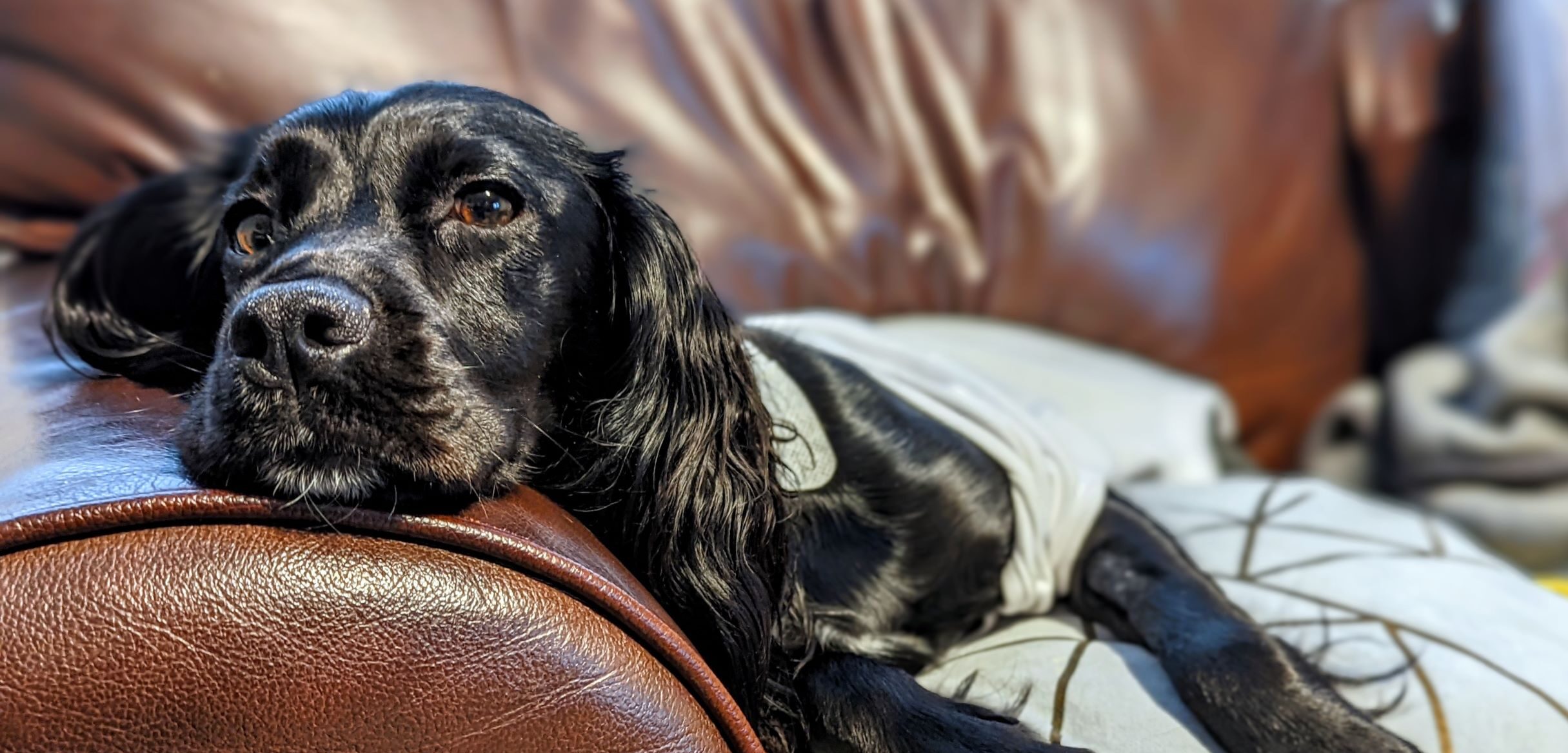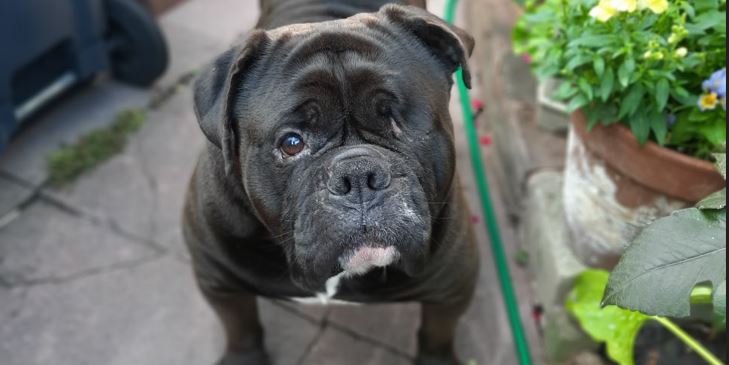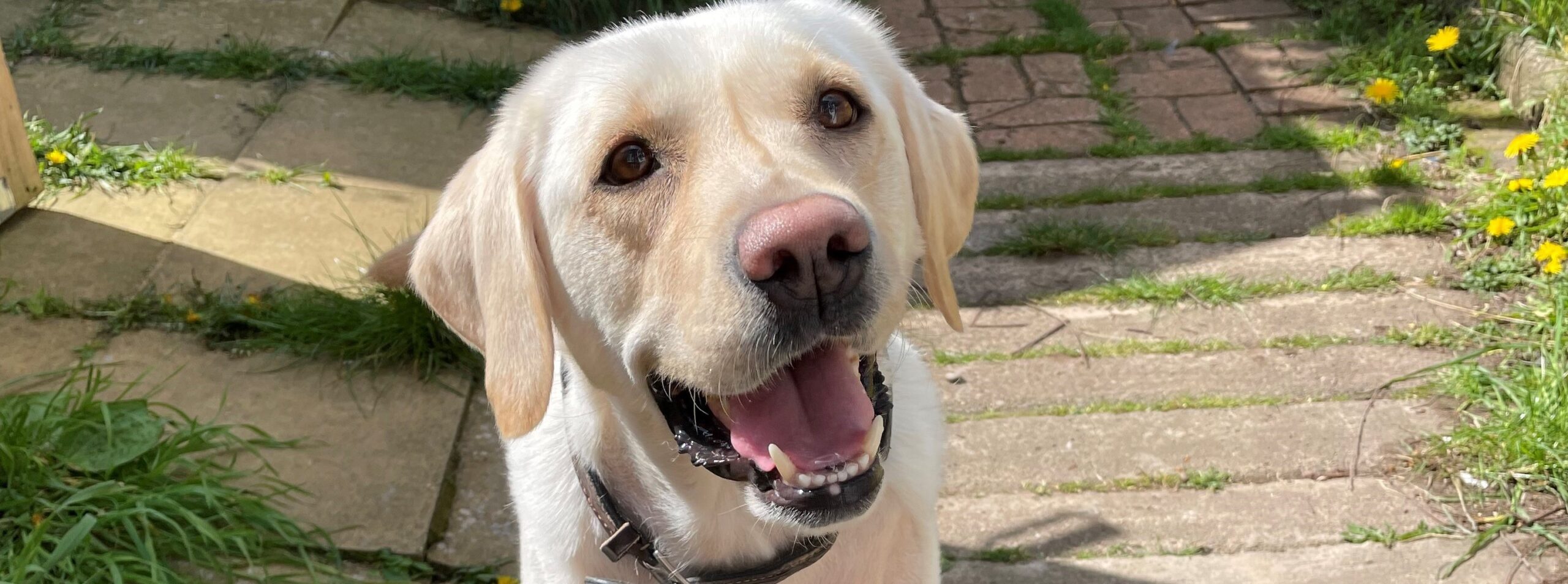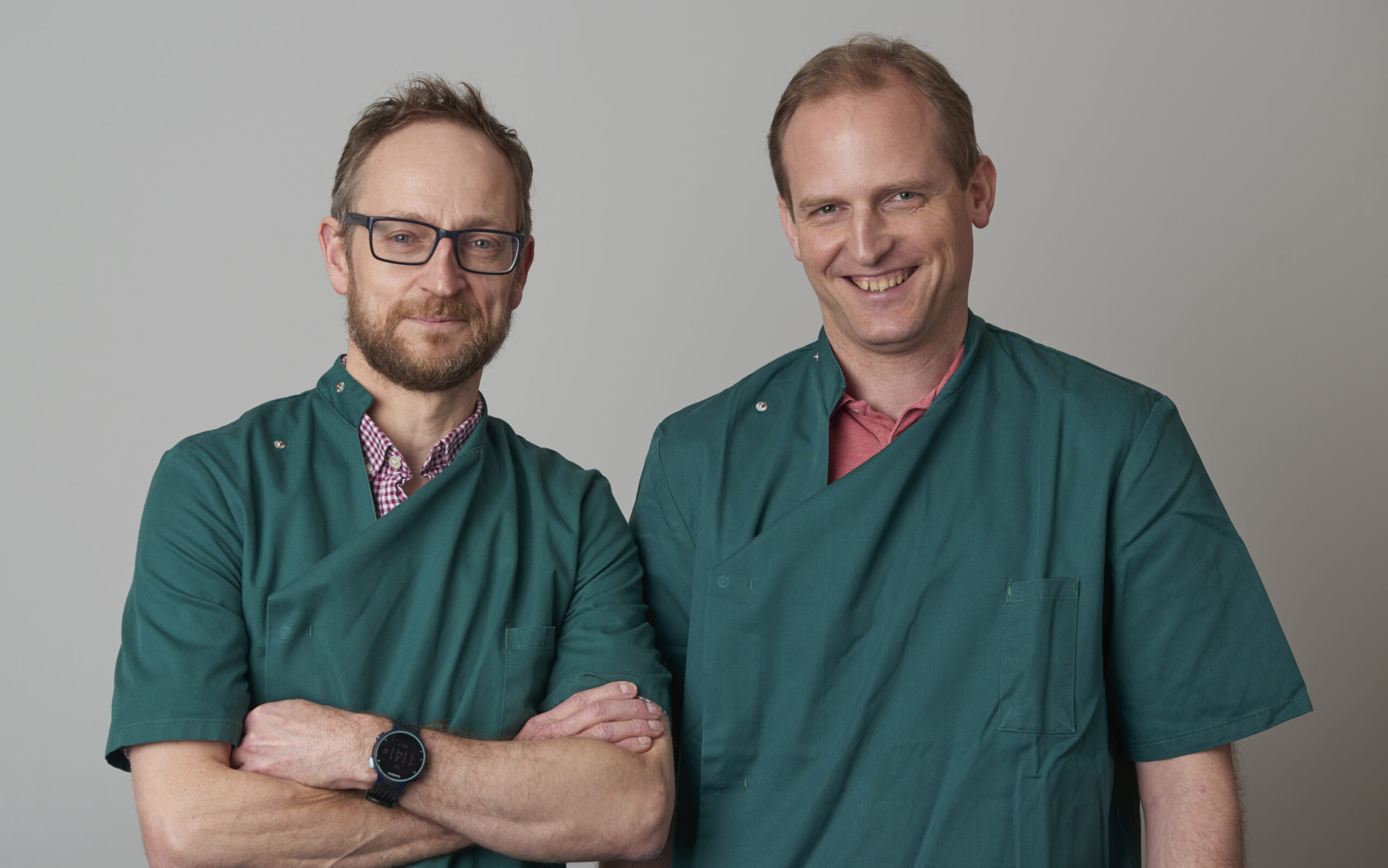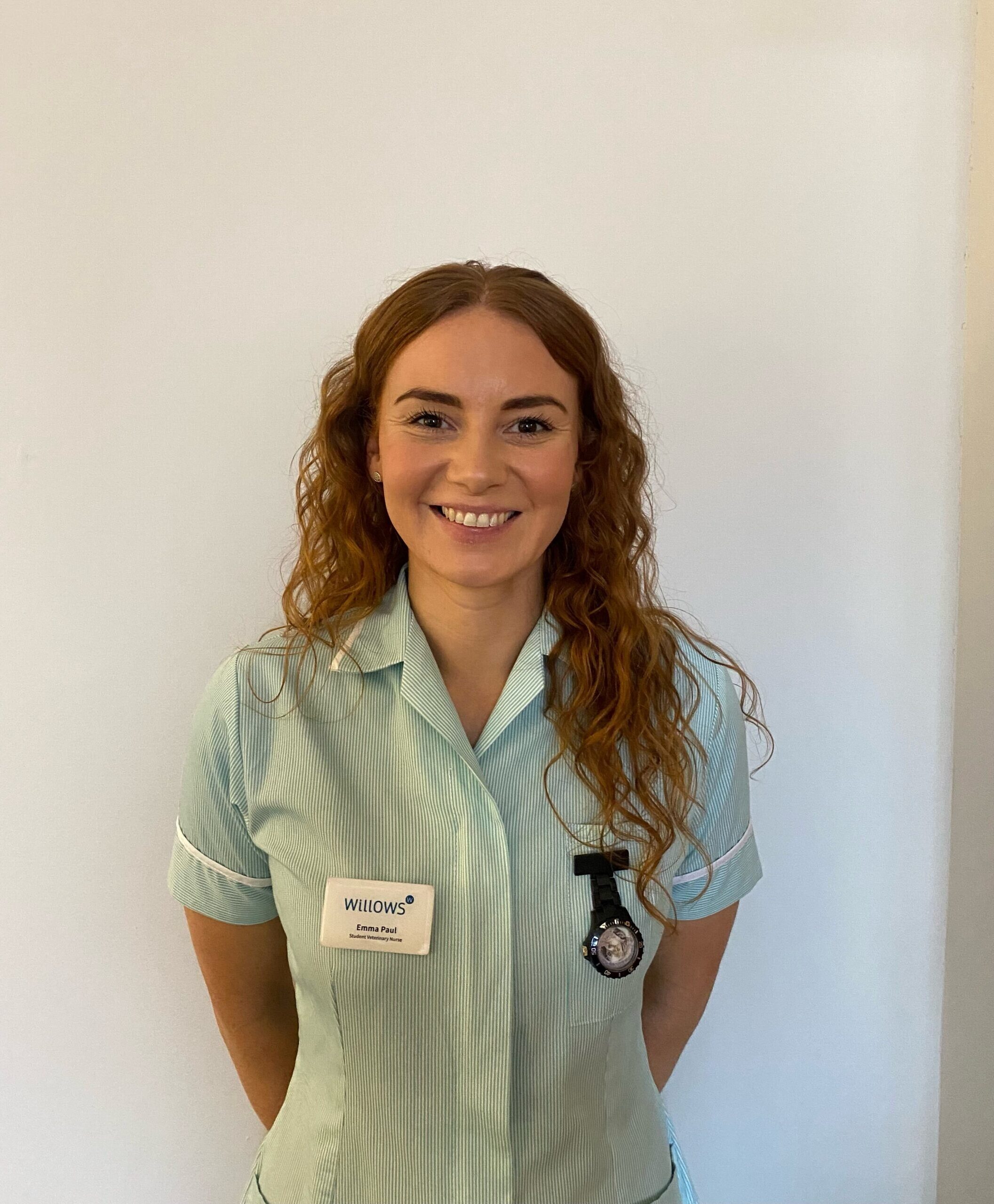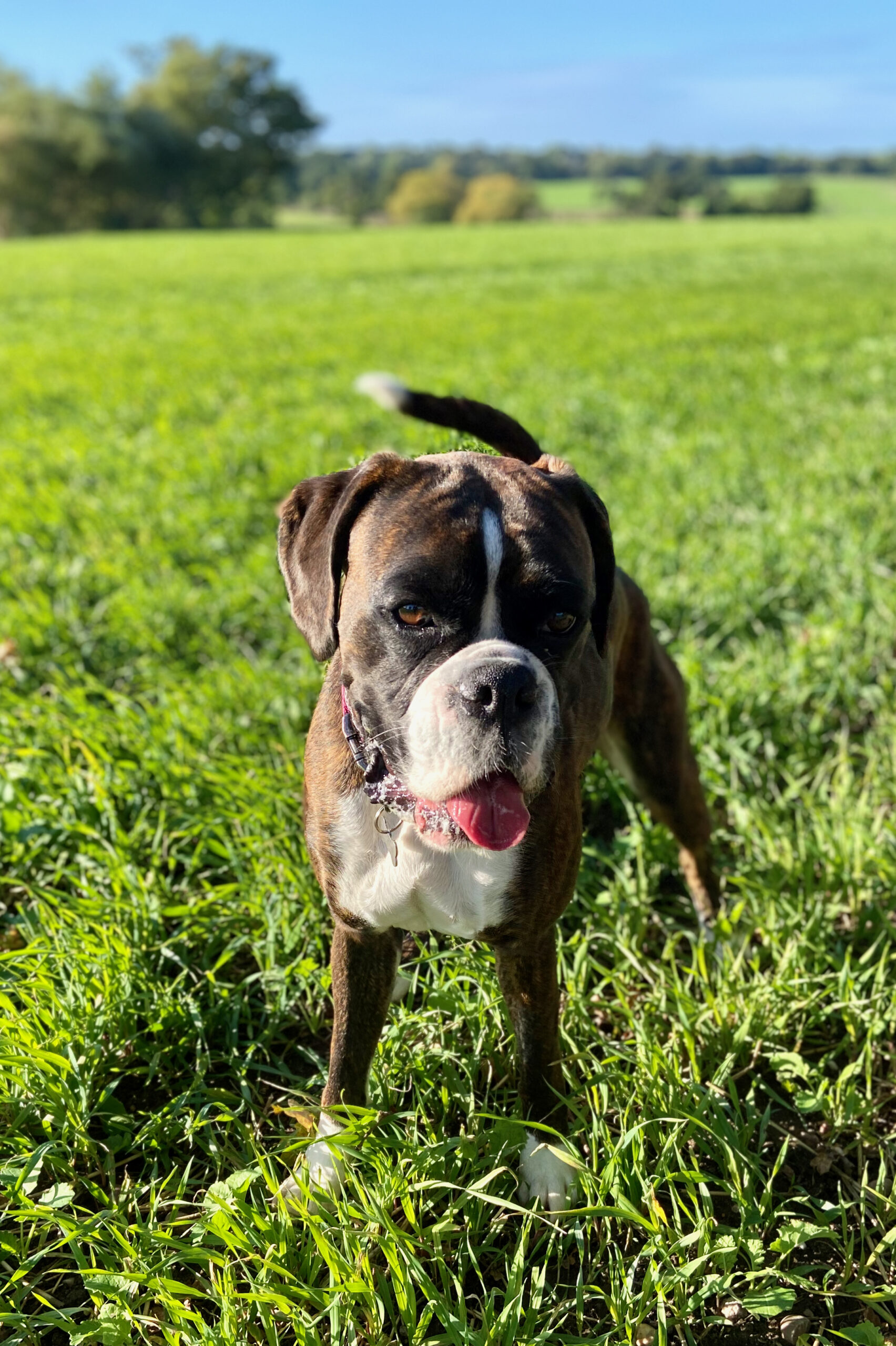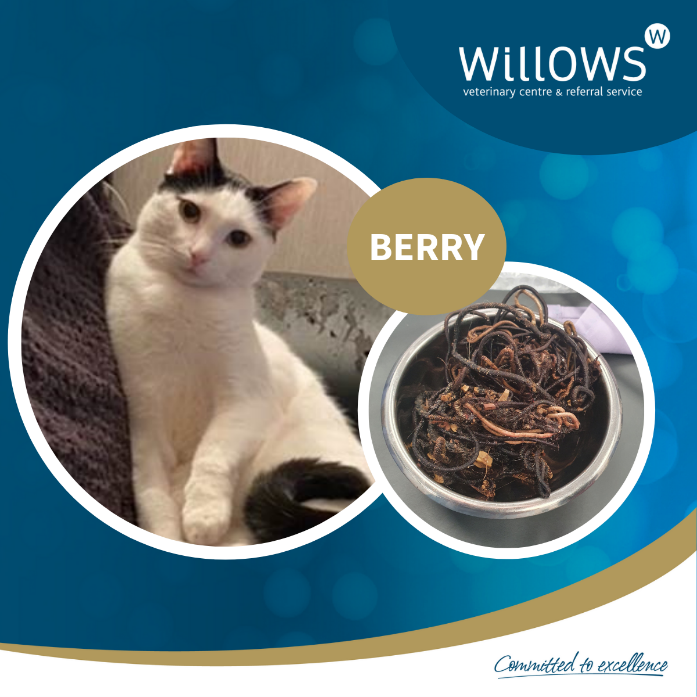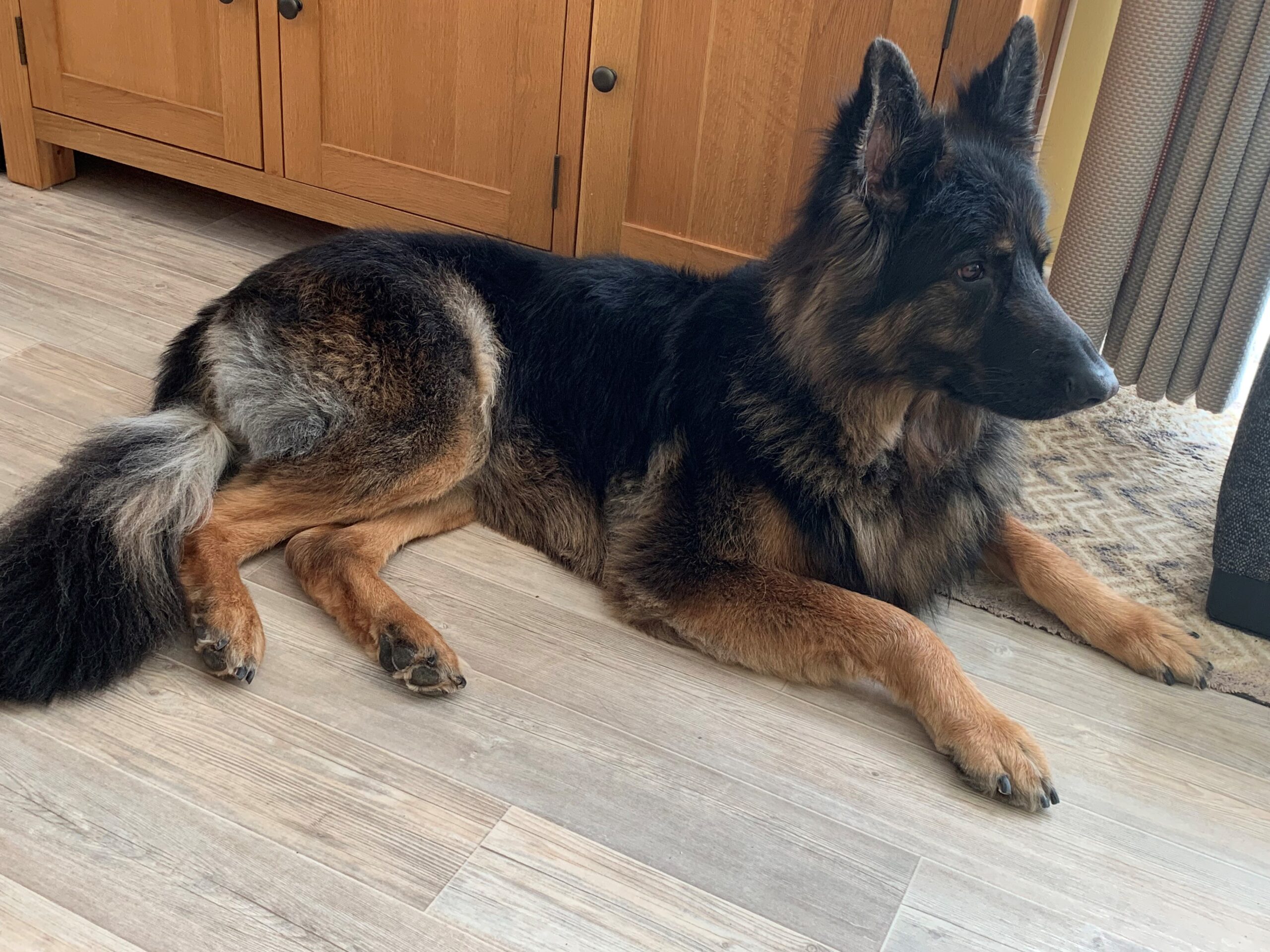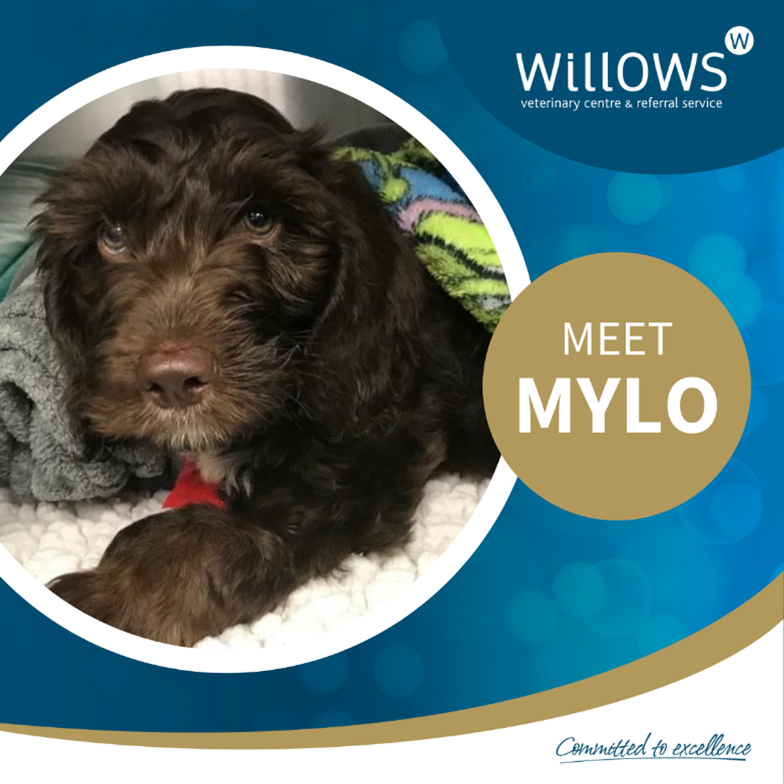An ‘anorexic’ dog’s refusal to eat was soon explained when the one-year-old Cocker Spaniel was examined by our industry-leading multidisciplinary team.
A CT scan carried out here at Willows revealed a six-inch stick had speared through the young dog’s stomach, abdominal cavity and into her pelvic canal.
The dog, called Susan, underwent emergency surgery with our team to remove the stick and part of her stomach, and has since made a full recovery, much to the relief of worried owner Will Pool, from Wellington, Shropshire.
Will said: “A month before her operation, Susan had almost completely stopped eating, didn’t want to play, and she struggled going downstairs and jumping up.
“We took her to our local Vets who prescribed a course of antibiotics, and she was fine again for a while.
“Then when the problems returned for a second time the Vet thought it could be steroid responsive meningitis and referred us to Willows for a Specialist diagnosis.
“We were mortified when we were given the diagnosis. We weren’t expecting her to need an operation and we certainly weren’t expecting it to be caused by having a stick inside of her.
“The Vet said the stick had been inside her for at least a few weeks, however we wonder if it might have been months because she’d been so reluctant to eat and really lethargic for so long.
“Naturally we were incredibly worried while she was having her operation especially as she was so frail from not eating so well.
“However, we were kept up to date on her progress throughout her stay and the vet always let us know before making any decisions, so we felt very well informed throughout.
“The Vets did a great job of looking after Susan and we can’t thank them enough and we would absolutely recommend Willows to anyone.
“Susan eats properly now, which she’d never really done before, and is far more energetic. We know that, without the Specialist scans and subsequent surgery, things could have ended very differently.”
Our unique multidisciplinary approach to care meant several specialists across a range of disciplines were able to work together to effectively diagnose and treat Susan’s complex condition, something we pride ourselves on greatly.
Laura Bree, an Internal Medicine Specialist here at Willows, carried out the initial investigations of Susan’s elevated temperature, lethargy and anorexia, and said: “We carried out blood and urine tests along with CT imaging of the chest and abdomen.
“It was after the CT scan of her abdomen that we received a surprise – a foreign body, consistent with a stick, was found and Susan was transferred to my colleague Will Robinson for surgery to remove it.”
Soft tissue specialist Will added: “During surgery, a long piece of stick was removed along with a small section of her stomach.
“The suspicion is that at some point Susan ate the stick which then perforated her stomach wall and travelled to the pelvic canal.
“There was also evidence of an infection in the abdomen, so she was started on a course of antibiotics after appropriate samples were taken.
“Susan was then sent for recovery in our intensive care unit under the supervision of our specialist-led emergency and critical care team.
“She recovered extremely well, and we are very pleased to report that she is now back to her old self.
“It is thanks to our multidisciplinary approach that Susan’s care involved a number of specialists across a wide range of disciplines including diagnostic imaging, internal medicine, soft tissue surgery and critical care who all worked together to diagnosis and treat this complex condition.”

